Embarking on a cosmic journey to unlock the mysteries of the moon, ISRO’s Chandrayaan 3 mission has captured the imagination of millions worldwide. With its sights set on furthering our understanding of Earth’s celestial companion, this ambitious endeavor promises groundbreaking discoveries and awe-inspiring moments that will leave us spellbound. Join me as we delve into all you need to know about ISRO’s Chandrayaan 3 mission, an extraordinary adventure that is poised to redefine our relationship with the lunar landscape. Let’s launch into a world where dreams meet reality!
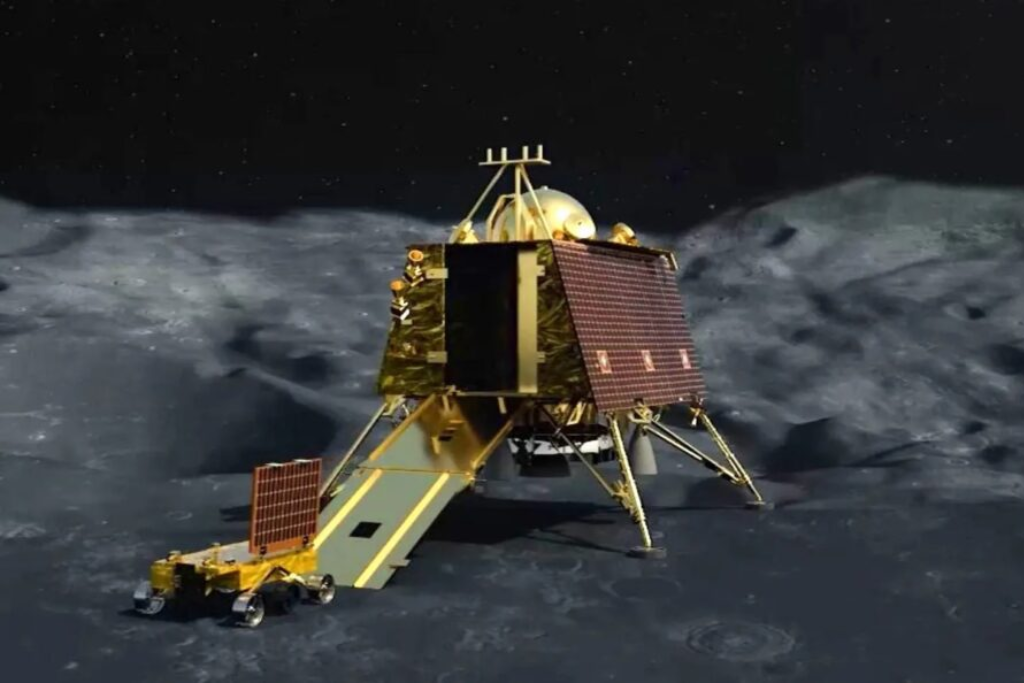
Why is ISRO undertaking the mission?
The Indian Space Research Organization (ISRO) is taking the world by storm with its bold decision to undertake the Chandrayaan 3 mission. But what exactly led them on this cosmic path? The answer lies in their insatiable curiosity and relentless pursuit of knowledge.
First and foremost, ISRO recognizes that exploring the moon holds immense scientific value. By studying our closest celestial neighbor, we can gain a deeper understanding of planetary formation, and evolution, and even trace the origins of life itself. Every lunar mission paves the way for groundbreaking discoveries that have far-reaching implications for humankind’s future endeavors in space exploration.
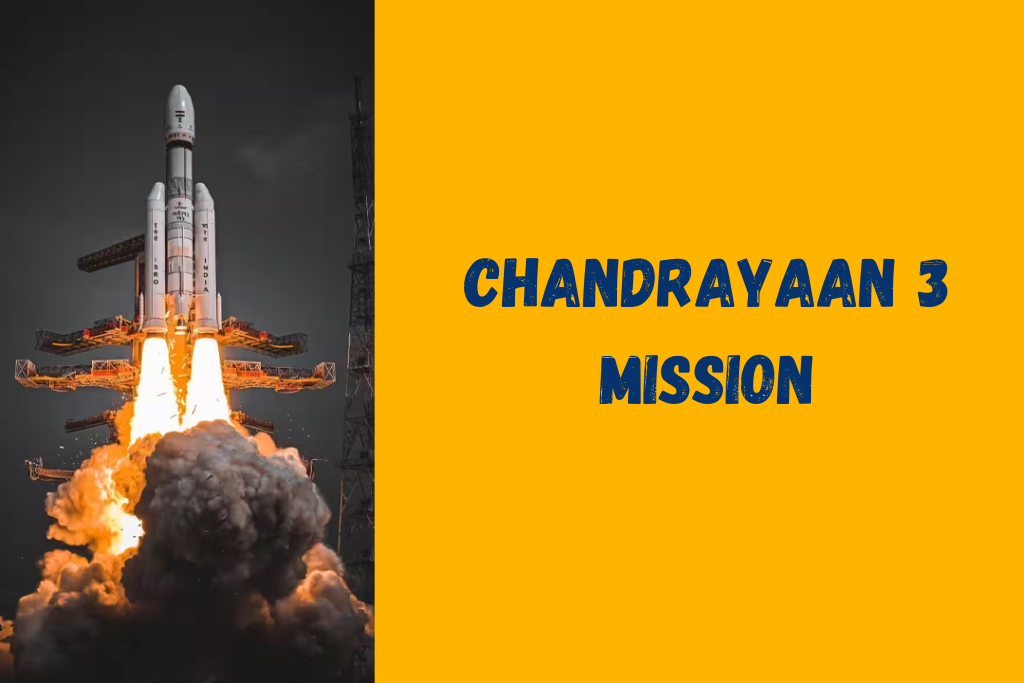
Moreover, undertaking such missions not only enhances India’s reputation as a pioneer in space science but also bolsters national pride and unity. It showcases India’s technological prowess on a global stage while inspiring generations to dream big and reach for the stars.
Furthermore, Chandrayaan 3 serves as an essential stepping stone towards future manned missions to the moon. By perfecting techniques like soft landing and rover deployment, ISRO is laying the crucial groundwork necessary for sending humans beyond Earth’s boundaries.
Let us not forget about international collaboration. Through initiatives like Chandrayaan 3, ISRO fosters partnerships with other space agencies around the world. This exchange of expertise propels scientific progress forward while promoting peace and cooperation among nations.
The reasons behind ISRO embarking on this monumental mission are multifold: from unraveling lunar mysteries to nurturing national pride, from paving the way for future human explorations to fostering global collaborations, With each endeavor it undertakes, ISRO reaffirms its commitment to pushing boundaries and expanding our horizons, both literally and figuratively. The journey has just begun!
What are the objectives of Chandrayaan 3?
The objectives of Chandrayaan 3 are multi-fold, aiming to expand our understanding of the moon and pave the way for future exploration missions. First and foremost, this mission aims to further enhance India’s technological capabilities in space exploration. By successfully landing on the lunar surface, ISRO will demonstrate its proficiency in soft landing technology.
Another objective is to conduct detailed scientific studies of the moon’s surface and subsurface through various instruments carried by the spacecraft. This includes studying elemental abundances, mineralogy, water molecule distribution, lunar exosphere composition, etc. These measurements will provide valuable insights into the moon’s geological history and evolution.
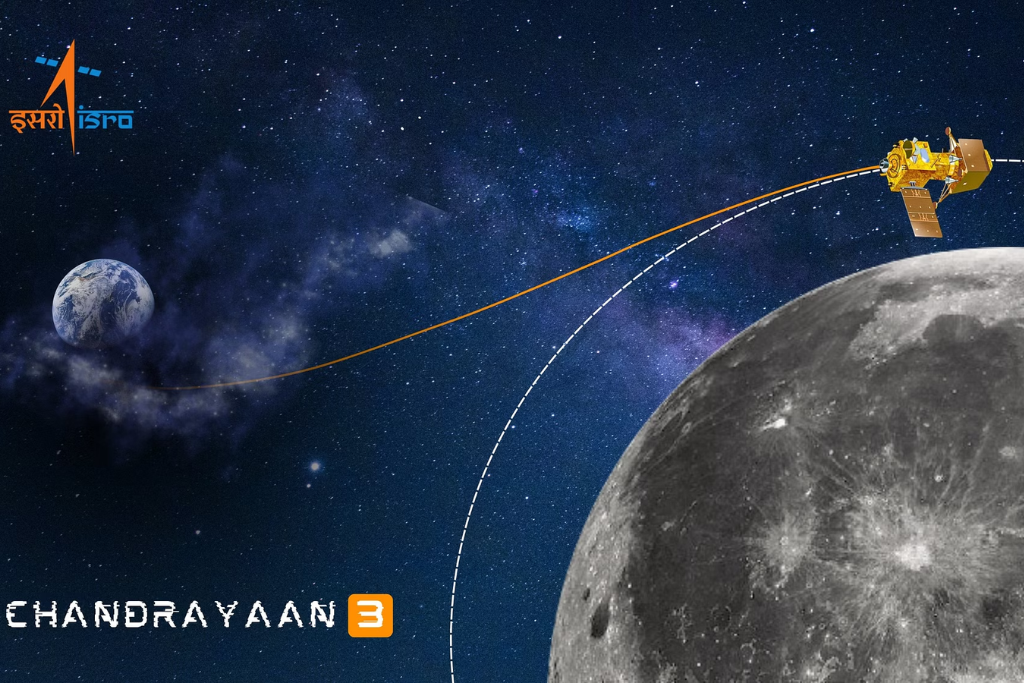
Chandrayaan 3 also intends to explore regions that have not been previously visited or studied in great detail. By doing so, scientists hope to unravel new mysteries about these unexplored areas and gain a more comprehensive understanding of our celestial neighbor.
One crucial goal of this mission is to attempt a sample return from the lunar surface. Collecting samples would allow scientists on Earth to perform extensive analysis using advanced laboratory techniques, which may lead to groundbreaking discoveries about the moon’s origin and its potential resources.
Chandrayaan 3 aims at advancing India’s space exploration capabilities while significantly contributing to expanding our knowledge about Earth’s closest cosmic companion, the Moon!
What are the challenges faced by ISRO in this mission?
Chandrayaan 3, ISRO’s upcoming lunar mission, is undoubtedly a remarkable endeavor. However, it comes with its fair share of challenges for the Indian space agency to overcome.
One of the major hurdles faced by ISRO in this mission is the precision required for a soft landing on the moon’s surface. The previous attempt with Chandrayaan 2 was unsuccessful due to a last-minute glitch. Therefore, ensuring that all systems are functioning flawlessly and coordinating various stages of descent becomes crucial.
Another challenge lies in optimizing the weight of the spacecraft. Every gram adds up during space missions, and reducing payload mass without compromising scientific objectives poses a significant engineering challenge for ISRO. This requires cutting-edge technology and meticulous planning to make Chandrayaan 3 more efficient than its predecessors.
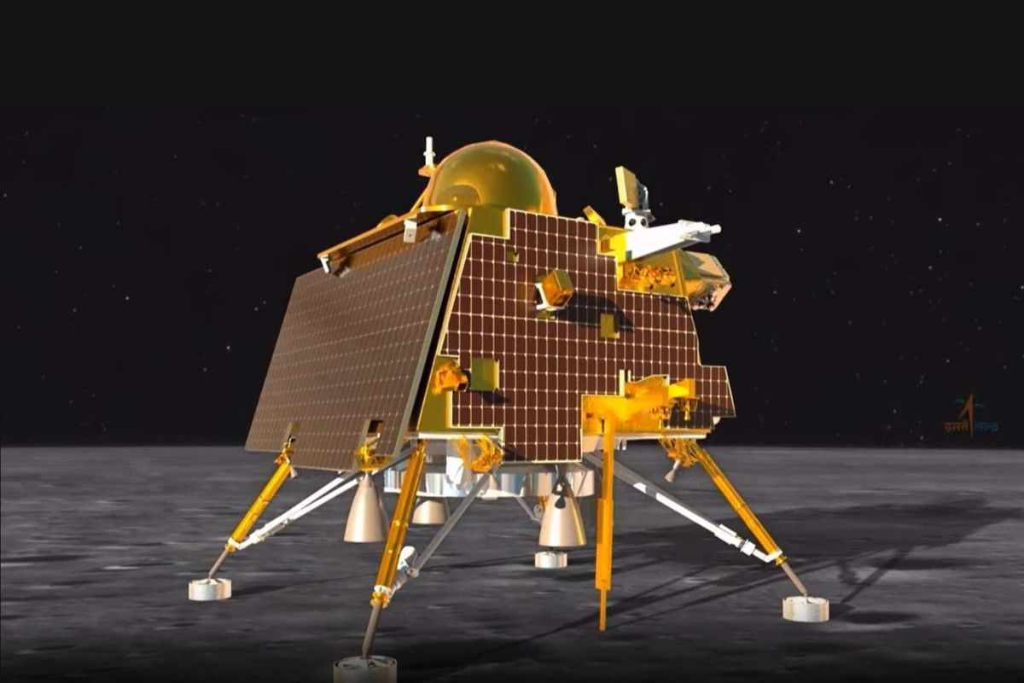
Additionally, navigating through deep space presents unique obstacles, as gravitational forces from celestial bodies can influence trajectory calculations. Accurate navigation is vital to ensuring that Chandrayaan 3 reaches its intended destination safely and efficiently.
Furthermore, communication plays a crucial role in any space mission. Establishing reliable communication links between Earth and the lunar module can be challenging due to the vast distances involved, and potential signal interruptions caused by natural phenomena or technical issues.
Overcoming these challenges requires extensive research and rigorous testing of equipment and systems both on Earth and in simulated environments similar to those found on the moon. It demands expertise from engineers, scientists, and mathematicians who work tirelessly behind the scenes at ISRO.
Despite these challenges ahead for ISRO’s Chandrayaan-3 mission, their determination remains unwavering as they continue pushing boundaries towards unlocking further mysteries on our nearest celestial neighbor, the Moon!
How will Chandrayaan 3 help in the exploration of the moon?
Chandrayaan 3, the upcoming mission from ISRO, holds immense potential for advancing our understanding of the moon and paving the way for future lunar explorations. The mission aims to build upon the successes and learnings from Chandrayaan 2, with a focus on rectifying its shortcomings and achieving even greater scientific objectives.
One of the primary goals of Chandrayaan 3 is to further study and analyze the lunar surface in order to gain crucial insights into its geology, mineralogy, elemental abundance, and other fundamental properties. By doing so, scientists hope to unravel some of the mysteries surrounding our closest celestial neighbor.
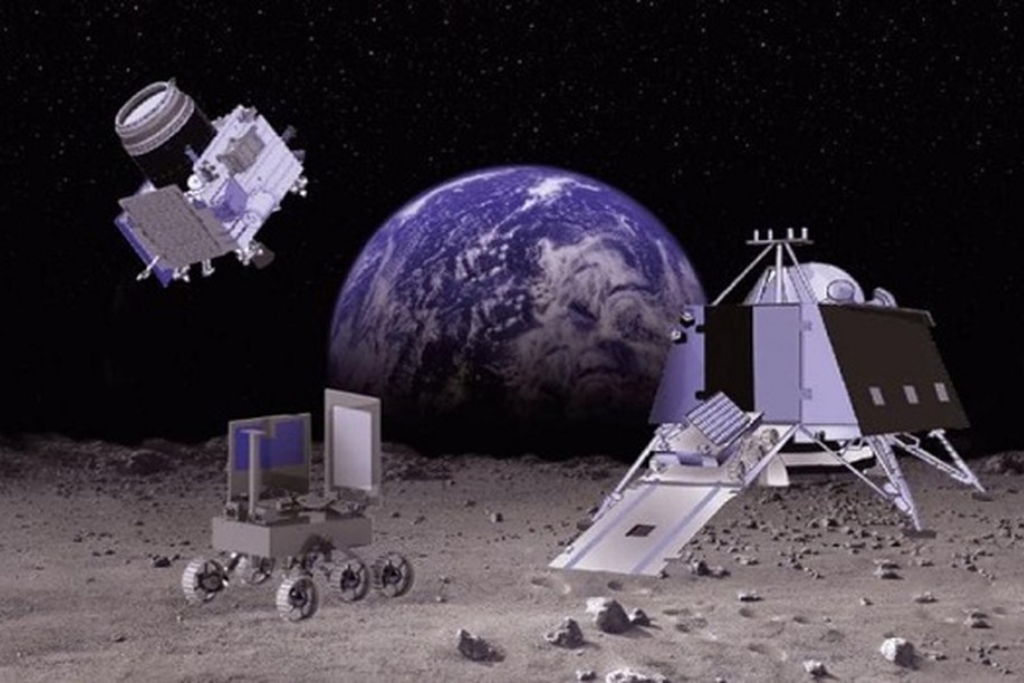
The mission will also serve as a stepping stone towards India’s ambitious plans for manned lunar missions. Through Chandrayaan 3, ISRO intends to develop key technologies required for human spaceflight missions, such as soft landing systems, habitability aspects on spacecraft, and life support systems. This will be instrumental in laying a strong foundation for future human exploration beyond Earth.
Furthermore, Chandrayaan 3 will play a crucial role in expanding international collaborations in space exploration. The mission provides an opportunity for ISRO to collaborate with other space agencies around the world by sharing data and expertise. This collective effort not only fosters scientific advancements but also promotes peaceful cooperation among nations.
In addition to these objectives, Chandrayaan 3 seeks to inspire generations through its outreach programs by igniting curiosity about space science among students and aspiring scientists alike. By showcasing India’s capabilities in space technology and research through this mission’s success story, it aims to nurture interest in STEM fields while fostering innovation within our country.
As we eagerly await ISRO’s next journey towards exploring new frontiers on the moon with Chandryaan-3, there is no doubt that this mission holds great promise not just for India but also for humanity as a whole. Through its scientific objectives, technological advancements, and collaborative efforts, Chandray